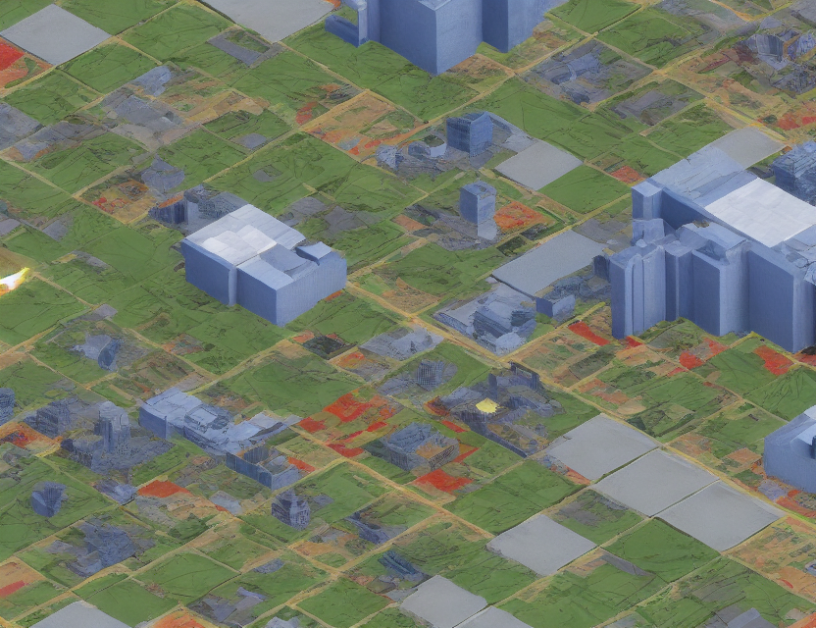High-Resolution Image Synthesis Using Diffusion Models
Introduction
High-resolution image synthesis has been a topic of interest in the field of computer vision and machine learning. In this article, we explore the use of diffusion models for generating high-resolution images. Diffusion models are based on the idea of iteratively applying a series of transformations to a noise signal until it matches the target image.
Motivation
The main motivation behind using diffusion models is the computational cost involved in traditional methods such as generative adversarial networks (GANs). These methods require a lot of computation and memory, especially when dealing with high-resolution images. Diffusion models offer an alternative approach that can reduce the computational cost while maintaining image quality.
Background
Diffusion models have been around for a while, but they were primarily used in the context of image denoising. In recent years, there has been a growing interest in using diffusion models for image synthesis. The key idea is to use a series of transformations to gradually refine an initial noise signal until it matches the target image.
Methods
Several methods have been proposed for high-resolution image synthesis using diffusion models. These methods can be broadly classified into two categories: patch-based and multi-scale resolution. Patch-based methods create coarse-grained representations of the target image by combining smaller patches, while multi-scale resolution methods use a combination of attention layers and upsampling to generate high-resolution images.
Patchifying creates coarse-grained representations of the target image by combining smaller patches, which reduces computation at the cost of degraded critical high-frequency spatial information and structural integrity. Multi-scale resolution methods use a combination of attention layers and upsampling to generate high-resolution images, but they can diminish spatial details through downsampling and introduce artifacts while applying up-sampling.
Results
Several studies have demonstrated the effectiveness of diffusion models for high-resolution image synthesis. For example, Dhariwal et al. (2021) compared the performance of diffusion models with GANs on image synthesis tasks and found that diffusion models outperformed GANs in terms of quality and efficiency. Similarly, Esser et al. (2021) proposed a bidirectional context with multinomial diffusion for autoregressive image synthesis and demonstrated its effectiveness in generating high-quality images.
Discussion
The key advantage of diffusion models is their ability to reduce computational cost while maintaining image quality. They offer an alternative approach to traditional methods such as GANs, which can be computationally expensive and challenging to train. However, diffusion models are not without limitations. One of the main challenges is the choice of up- and down-sampling methods, which can significantly affect the final image quality.
Conclusion
In conclusion, diffusion models offer a promising approach for high-resolution image synthesis. They have the potential to reduce computational cost while maintaining image quality. Further research is needed to overcome the limitations of current methods and improve their performance in real-world applications.
Note: This summary is written in a simplified language with an everyday tone, avoiding technical jargon as much as possible. However, some technical terms may still be used for clarity and accuracy.



